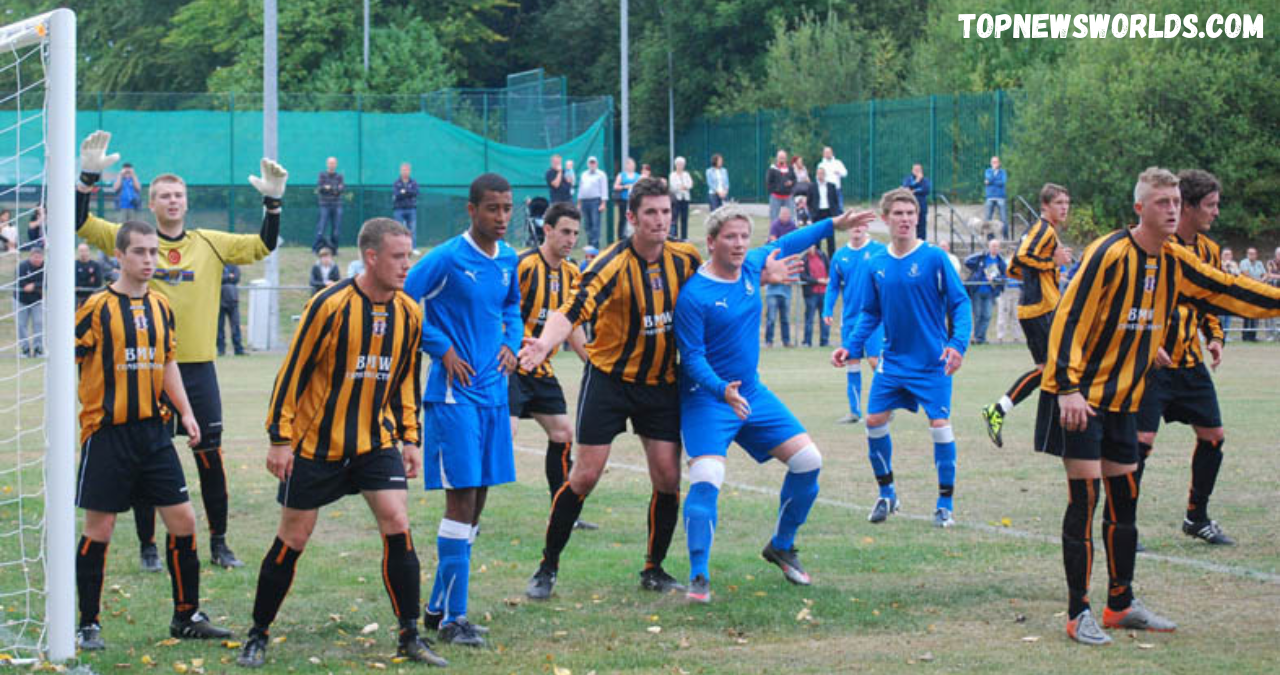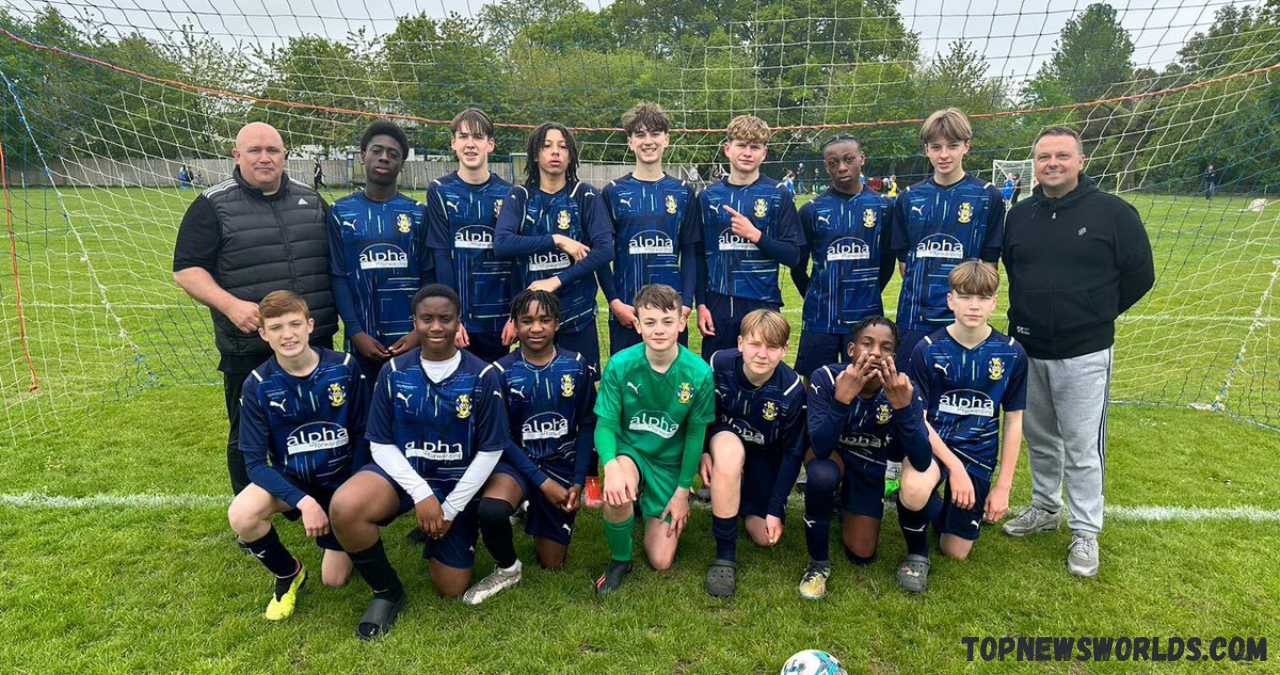São Paulo FC, one of Brazil’s most prestigious and successful football clubs, boasts a rich history filled with triumphs, rivalries, and unforgettable moments. The club has not only dominated Brazilian football but has also made a significant impact on the global stage. From its early days in the 1930s to its golden era in the 1990s, São Paulo FC’s journey is a testament to its resilience, passion, and unwavering commitment to excellence. In this guide, we will take a deep dive into the club’s history, key achievements, legendary players, and its undeniable influence on Brazilian football.
The History and Foundation of São Paulo FC
São Paulo Futebol Clube, commonly known as São Paulo FC or simply São Paulo, was founded in 1930, making it one of the oldest and most historically significant football clubs in Brazil. Its origins can be traced back to a merger between two smaller clubs, the Club Athletico Paulistano and the São Paulo Sporting Club. This union marked the beginning of an era that would see São Paulo FC rise to prominence both within the state of São Paulo and beyond.
In the early years, São Paulo FC struggled to make its mark in a competitive football scene dominated by clubs such as Corinthians and Palmeiras. However, it didn’t take long for the club to establish its identity and start building a reputation. Throughout the 1930s and 1940s, São Paulo FC experienced steady growth, bolstered by strong leadership and a commitment to developing homegrown talent. By the 1950s, the club had established itself as one of the top teams in Brazil, setting the stage for future dominance.
São Paulo FC’s early foundation was crucial in shaping the club’s values of discipline, dedication, and a relentless pursuit of success. Over the decades, the club grew both in stature and global recognition, cementing its place in the annals of Brazilian football history.
The Glory Years São Paulo FC’s Golden Era
The 1990s and early 2000s represent the golden era of São Paulo FC. This period saw the club dominate not only domestically but also make its mark on the international stage. Under the guidance of legendary coach Telê Santana, São Paulo FC achieved unprecedented success in both the Campeonato Paulista and the prestigious Copa Libertadores, Brazil’s most coveted club competition.
One of the most memorable moments of São Paulo’s golden era came in 1992 when the club won its first Copa Libertadores title. This victory was a precursor to even greater success on the international front, as São Paulo went on to win the Intercontinental Cup later that year by defeating European giants Barcelona. The following year, in 1993, the club secured its second consecutive Copa Libertadores title, showcasing their dominance on the South American continent.
However, the club’s most significant achievement came in 2005 when São Paulo FC triumphed in the FIFA Club World Cup, defeating Liverpool 1-0 in the final. This victory solidified São Paulo’s reputation as one of the best clubs in the world and confirmed its place among football’s elite. The team of the 1990s and early 2000s was led by a host of world-class players, including Raí, Kaká, and the iconic goalkeeper Rogério Ceni, whose leadership and on-field brilliance helped propel São Paulo FC to its global success.
São Paulo FC’s Rivalries and Iconic Matches
São Paulo FC’s storied history is marked by fierce rivalries with several of Brazil’s top football clubs, making its matches some of the most anticipated and thrilling in the country. The club’s most notable rivalries are with Corinthians, Palmeiras, and Santos—teams that have played an integral role in shaping the competitive landscape of Brazilian football.
The rivalry between São Paulo and Corinthians, known as the “Paulista Derby,” is one of the fiercest in Brazil. Matches between these two clubs are intense, with a history of dramatic encounters that capture the passion of their respective fanbases. The rivalry often goes beyond football, representing the cultural and political divide between different sectors of São Paulo society. Every derby is more than just a match—it’s a battle for supremacy in the state of São Paulo, with the stakes high and emotions even higher.
In addition to the rivalry with Corinthians, São Paulo’s clashes with Palmeiras are equally intense, particularly in the context of the Superclássico Paulista. This rivalry is rooted in the historical competition between two of São Paulo’s biggest clubs, both of which have a rich footballing tradition. Matches between São Paulo and Santos are also notable, with both clubs competing for regional dominance and national recognition.
Throughout these rivalries, São Paulo FC has been part of some legendary encounters, where dramatic comebacks, thrilling finishes, and unforgettable goals have cemented the club’s place in the hearts of football fans worldwide.
The Evolution of São Paulo FC’s Stadium Morumbi

Morumbi Stadium, the home of São Paulo FC, is an iconic landmark in Brazilian football. Located in the southern part of São Paulo, the stadium has been the venue for some of the most memorable moments in the club’s history. With a seating capacity of over 60,000, it is one of the largest and most prestigious football stadiums in Brazil.
The stadium’s history dates back to the early 1960s when construction began. Over the years, Morumbi has undergone several expansions and renovations to accommodate the growing fanbase of São Paulo FC. Today, it stands as a symbol of the club’s rich history and its connection to the city of São Paulo. The atmosphere inside Morumbi during matchdays is electric, with the passionate fans creating an environment that is both intimidating and exhilarating.
Some of the most iconic moments in São Paulo’s history have taken place at Morumbi, including their victories in the Copa Libertadores and FIFA Club World Cup. The stadium has witnessed countless unforgettable goals, dramatic last-minute winners, and historic triumphs. Morumbi is not just a stadium; it is the heart and soul of São Paulo FC, where legends are born and the club’s legacy continues to thrive.
São Paulo FC’s Youth Development and Future Stars
One of the most significant aspects of São Paulo FC’s success has been its focus on youth development. The club’s academy system is renowned for producing some of the best footballing talent in Brazil and the world. Over the years, São Paulo has been home to several players who have gone on to achieve greatness both domestically and internationally.
The club’s youth academy, often referred to as the “Academia Tricolor,” has produced footballing legends such as Kaká, Casemiro, and Thiago Silva. São Paulo FC’s commitment to nurturing young talent has allowed them to maintain a steady flow of top-tier players, who have not only strengthened the club but have also contributed significantly to the Brazilian national team.
In addition to its historical success in youth development, São Paulo FC continues to invest in its academy, ensuring that the next generation of footballers is ready to take the club to even greater heights. With a strong emphasis on technical skill, tactical awareness, and mental toughness, São Paulo FC’s youth system remains one of the best in Brazil. As the club continues to look to the future, fans can expect to see many more young stars emerge from the ranks and make their mark on the global stage.
Conclusion
São Paulo FC’s rich history, legacy of success, and relentless pursuit of excellence make it one of the most revered football clubs in Brazil and the world. From its humble beginnings to its golden era in the 1990s and 2000s, the club has consistently proven itself as a dominant force in Brazilian football. With a passionate fanbase, fierce rivalries, and a commitment to developing future stars, São Paulo FC is a club that will continue to inspire and entertain for generations to come.
You May Also Read: https://topnewsworlds.com/




